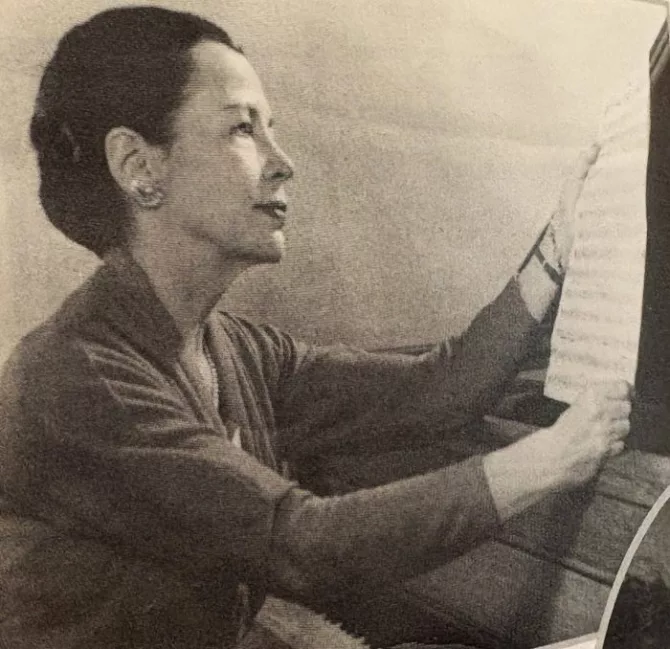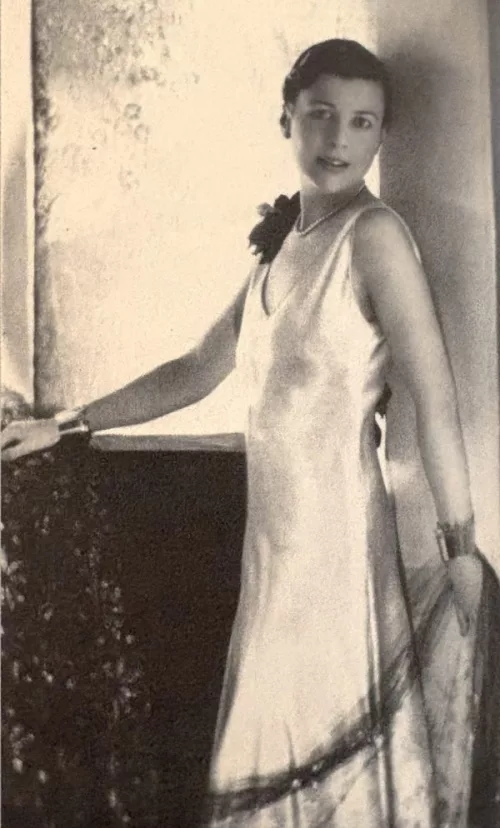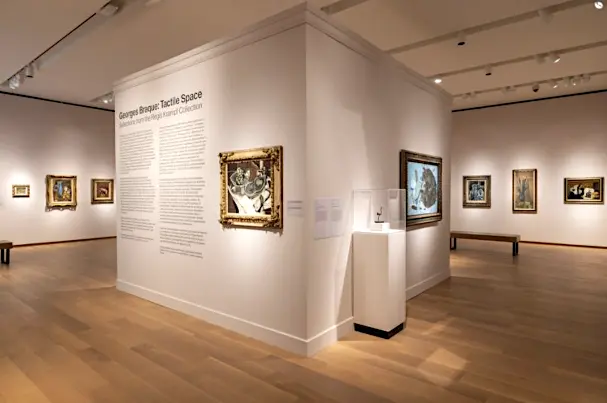On my watch: George Gershwin’s Creative Life in Greenwich
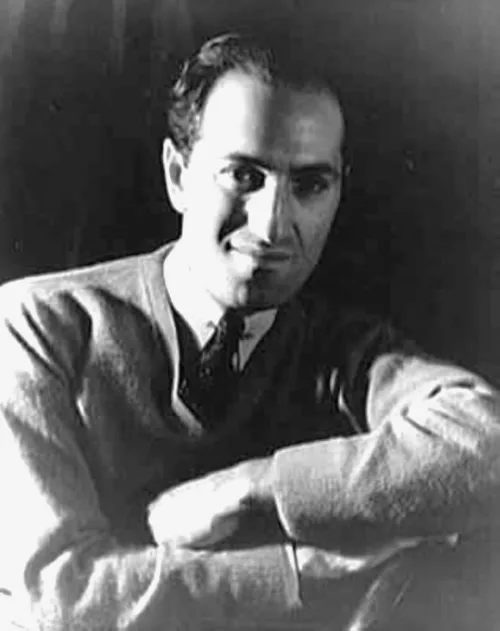
By Anne Semmes
On this past Memorial Day, I enjoyed the sunshine on a long walk listening to a favorite piece of music via my air pods – George Gershwin’s “An American in Paris” conducted by Leonard Bernstein and the New York Philharmonic Orchestra. It is a joy to know that that great music was largely composed by George Gershwin in my hometown of Greenwich. And not only “An American in Paris,” but another favorite, the opera “Porgy and Bess.”
It was my late and lovely friend Joan Warburg who had shared this wondrous news on a visit at her “Bydale” estate on backcountry John Street. Joan was married to prominent banker James Warburg who had died years earlier leaving her with their four grown children. Joan would walk me outside to show me the summer cottage where Gershwin would come to from his abode in New York City.
But this Gershwin story begins back in time at Bydale when Joan’s husband James or Jimmy was first married to Katharine Swift Warburg, mother of their three young daughters. It was on April 17, 1925, when they were hosting a reception for violinist Jascha Heifetz that Gershwin was one of the guests. There was an immediate attraction between Katharine and George that would last nearly to the end of Gershwin’s life at the tragic age of 38 in 1937.
Gershwin would nickname Katharine as Kay that became her professional name of Kay Swift. With Kay’s classical music training, Gershwin would “convert her to popular music…and she became an utterly devoted factotum, editing his music, taking down notation, copying parts, and placing her guest house at Bydale at his disposal,” so reads Howard Pollack’s impressive biography on Gershwin.
This romance certainly had an unhappy impact upon Jimmy and his three young daughters, with a subsequent divorce. But before that happened Gershwin’s musical influence would inspire both Kay and collaborator Jimmy to create a Broadway Show, “Fine and Dandy” in 1930, with Jimmy writing the lyrics as Paul James. And Kay’s 1929 song, “Can’t We Be Friends” became a hit.
“An American in Paris”
Subsequently I would learn on my own of how Gershwin was composing “An American in Paris” at Bydale. In 1926 Gershwin spent a week in Paris. He wrote afterward to his Paris hosts of being homesick for his New York City home overlooking the Hudson River, of being “an American in Paris, homesickness, the blues…walking on the Champs Elysees…the honking taxi.” He would return to Paris early in 1928 still working on the music he had begun, but this time it was those taxi horns that beckoned.
Gershwin would end his visit shopping for taxi horns “that could sound certain notes.” He wound up with some 20 taxi horns in his hotel room. He explained his modus operandi to a couple of visiting pianists. He wished the opening section of the piece to have the traffic sound of the Place de la Concorde during the rush hour. He had written the music and would play it but would ask those two pianists to pick up a horn and play “this one in A flat…or that one in F sharp,” so directed by Gershwin pointing with his head with his hands busy on the keys.
And there they stood listening, “nervous and excited…for the first time hearing a lanky American walking down the Champs-Elysees…capturing the atmosphere, the feeling, the movement, the rhythm so perfectly.”
Returning home he would spend the entire summer of 1928 at Bydale composing “An American in Paris,” as noted by Kay’s granddaughter Katharine Weber in her notable memoir, “The Memory of All That.” By the end of November, he would finish the orchestration of “An American in Paris” slated to debut that December by the New York Philharmonic-Symphony
Society. Gershwin would describe the piece as a “rhapsodic ballet…written freely, as “the most modern music I’ve yet attempted.”
But it was that folk opera “Porgy and Bess” that Joan Warburg best recalled being composed by Gershwin in that Bydale guest house. Even so with Joan’s poet-daughter Sally Bliumis-Dunn who teaches modern poetry at Manhattanville College.
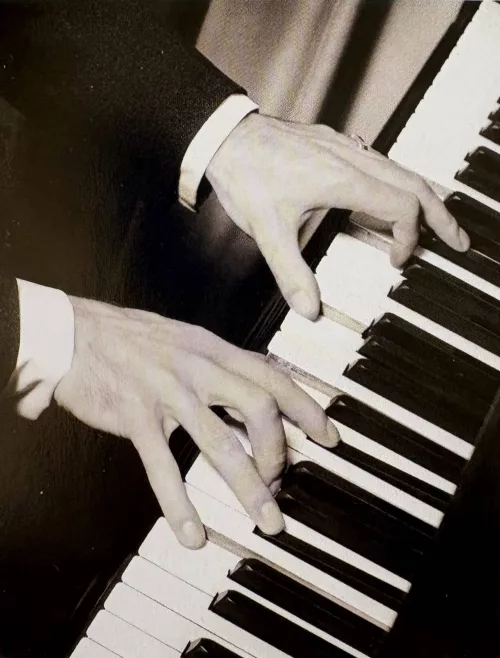
“Porgy and Bess”
Gershwin had come across DuBose Heyward’s 1925 novel “Porgy” in the summer of 1926, reading it in “one spellbound sitting.” He had immediately reached out to Heyward in Charlston, S.C. “about adapting it as an opera.” The opera “Porgy and Bess” would premiere nine years later in 1935. During those years writes Swift’s granddaughter Weber, “Kay worked tirelessly on ‘Porgy and Bess,’ doing whatever George needed her to do…Scattered throughout the original score…are sections of music in her handwriting – for example, the first sixteen measures of ‘I Got Plenty o’ Nuttin.’”
And during those years Gershwin would travel to Charleston to explore “under Heyward’s guidance local black music.” He was especially impressed with the “primitiveness of some church services,” especially hearing a woman singing a spiritual that began, “Oh Dr. Jesus.” Traveling with Heyward to North Carolina, to Hendersonville, he would be hypnotized by the singing heard outside the Holy Rollers Church, of a dozen or so voices “raised in loud rhythmic prayer…of primitive intensity.” Gershwin would include in the opera’s storm scene a section “with six different prayers sung simultaneously.” And Gershwin would insist that the cast be all black.
Kay Swift, as wrote granddaughter Weber, was “present at every casting audition and every rehearsal.” Gershwin would be pressured after its first performance in 1935 at the Colonial Theater in Boston to “tighten up his four-hour folk opera.” Kay was “more reluctant” than Gershwin to do this. Painfully, Gershwin would cut an hour, a quarter of the score.
Nearly four decades later, in 1976 all four hours of “Porgy and Bess” would be touring. At Kay’s request of producer Sherwin Goldman, the tour would begin at the Colonial Theater in Boston. And why that insistence?
Add her request to block off seats for her “toward the back of the house.” For that is where she and Gershwin sat for the 1935 premiere. Arriving she recalled the exact seats, and sat in them with the producer, remembering, “I was in tears because of all the cuts that were being made in his work. ‘George,’ I said, ‘they’re not going to hear and see what you wrote.’ He told me, ‘Someday, Kay, you’ll sit in that same seat, and you’ll hear what I wrote. I promise you.’”
“It was that folk opera “Porgy and Bess” that Joan Warburg best recalled being composed by Gershwin in that Bydale guest house.
Geroge Gershwin would create some of his most famous musical works based in a guest house on John Street in Greenwich, working alongside his hostess, Katharine “Kay” Swift Warburg.
